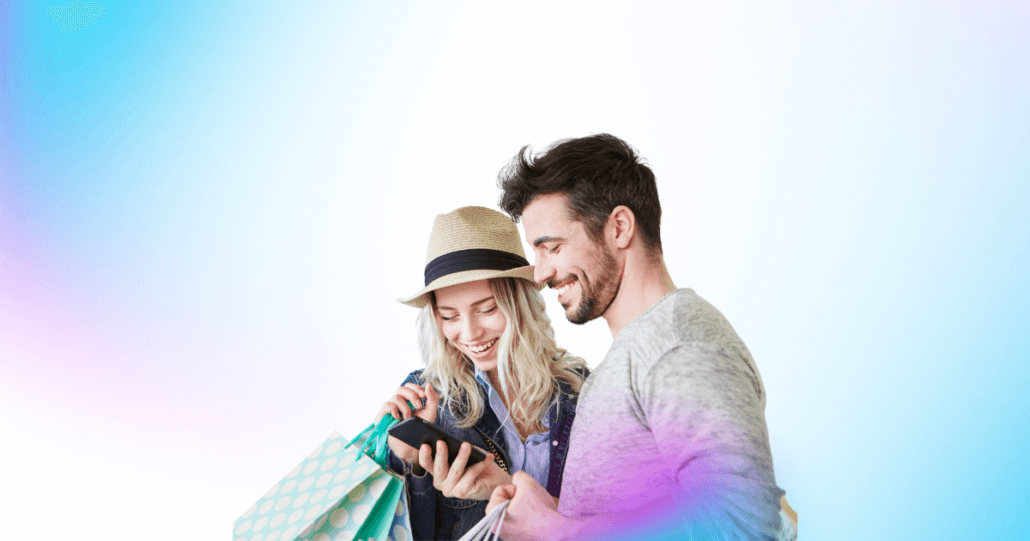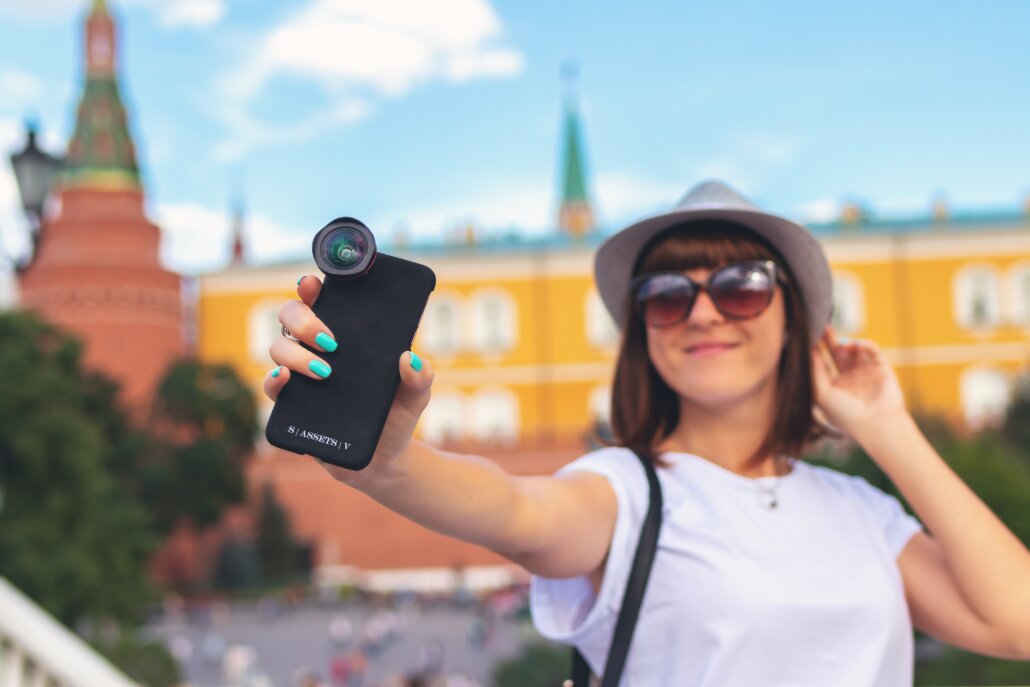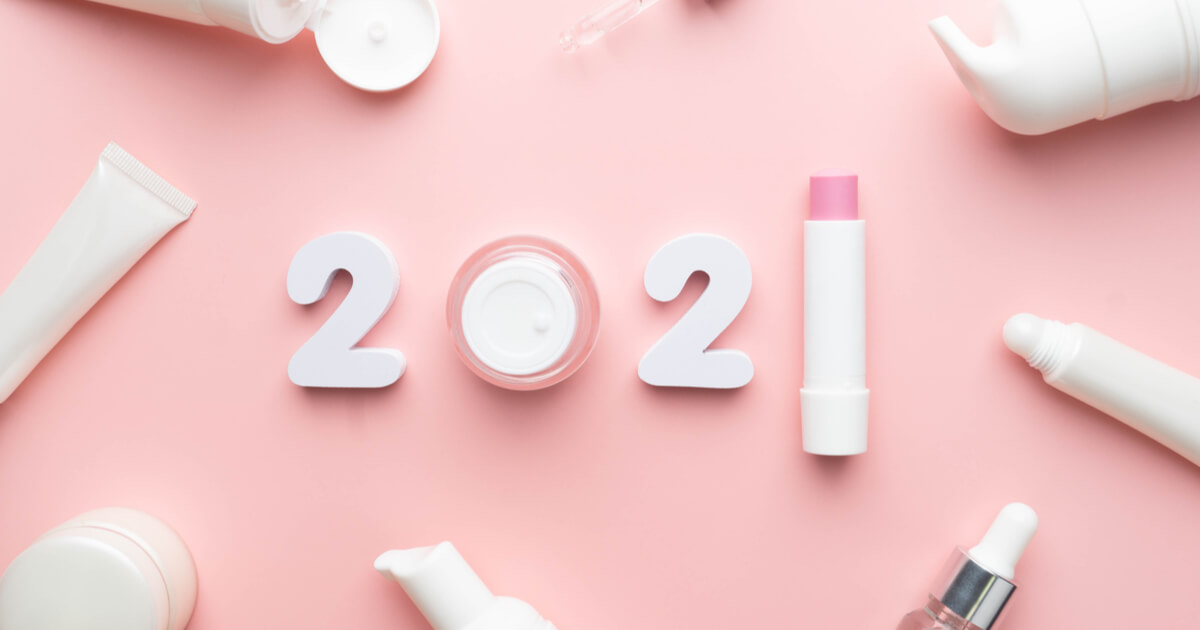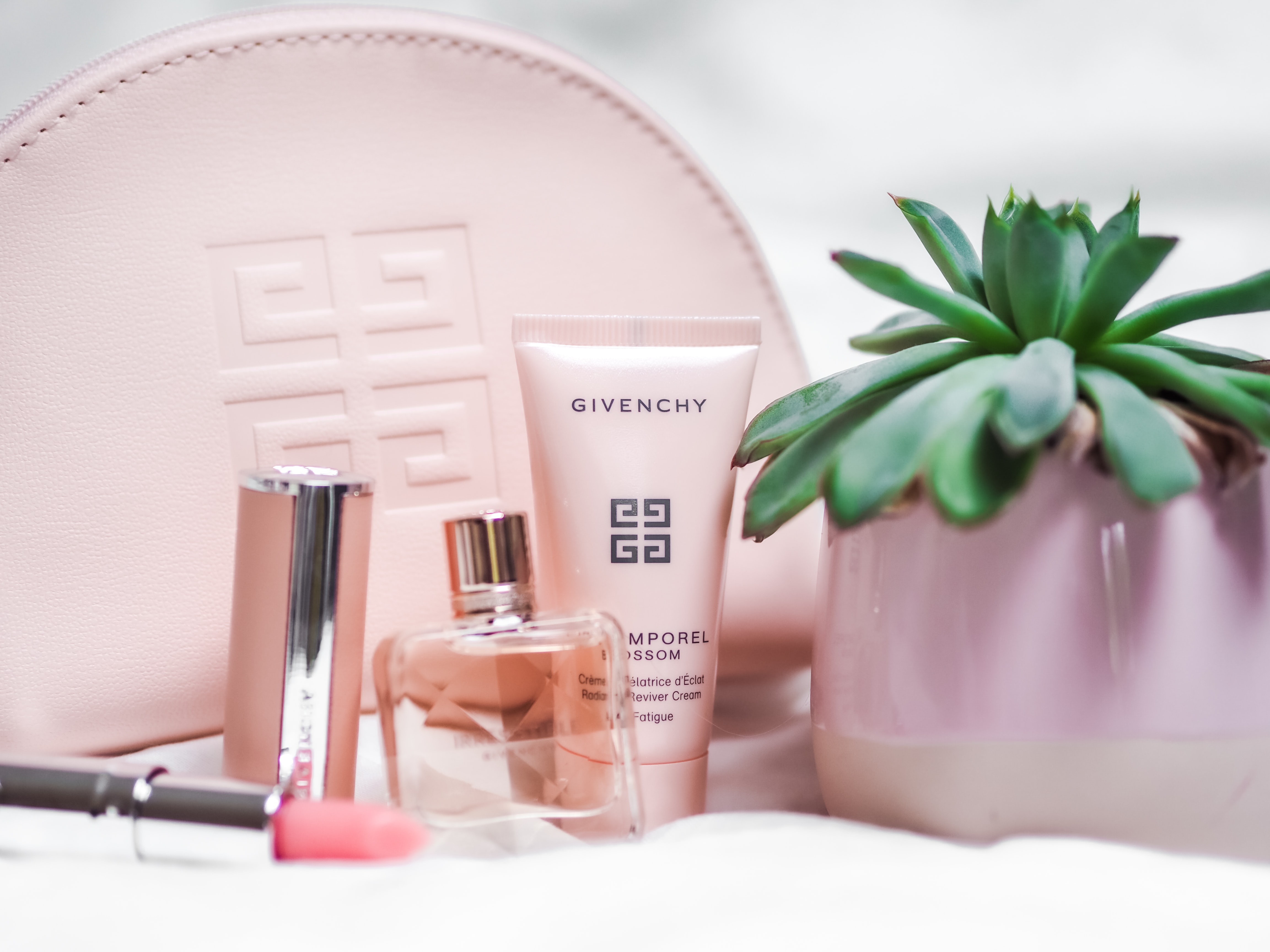November 16, 2020
One of the many ways that the COVID-19 pandemic has changed our daily lives is that our homes have turned into health and beauty sanctuaries. Home now doubles as a fitness space, self-care center, and a place to try out new skincare, makeup, and hair routines.
These evolving habits have inspired new health, beauty, and wellness trends, and it’s changing how people shop for these products. Brands should take note that many of these behaviors will likely stick around post-pandemic.
We surveyed more than 11,000 consumers, mostly women, in North America, the U.K., France, and Germany to find out what health and beauty products consumers are buying and how they’re engaging with brands. Here’s a look at what we discovered:
Shoppers have discovered new products and become loyal to new brands
Remember the empty store shelves from a few months ago? Just as consumers struggled to find toilet paper and cleaning supplies, some health and beauty products were also scarce. When they couldn’t find their go-tos, consumers tried something new.
According to our survey of the Influenster community on health and beauty in October 2020, two out of three respondents in North America and France, and three out of four in the U.K. and Germany discovered new brands and stores because of limited product availability during the pandemic.
What’s more, 77% of North American and 66% of European shoppers plan to keep buying from these brands long after the pandemic.
Shoppers want more ways to sample products virtually
Trying out new products has long helped shoppers decide which beauty products to buy. But, product sampling has been challenging during the pandemic, with social distancing and hygiene measures in place to protect consumers.
More than 30% of respondents are “not sure yet” if they’ll return to in-store product sampling post-pandemic. So, shoppers want brands to get creative and offer new ways to sample products virtually.
According to one survey respondent in North America, “Allow for us to get virtual assistance from representatives via FaceTime or camera features so they can best help shade match or help with skin concerns.”
Another consumer suggested “brands make more minis and sample sizes of best-selling products, put how to/informational videos of new launches on YouTube and TikTok.” 38% of shoppers in North America and 47% in Europe have ordered product samples at home.
Shoppers also want stronger online product descriptions, more color swatches, the ability to see products on different skin tones, and better return policies. Recently, shoppers are relying on tech assistance to purchase beauty products, with 46% in North America and 53% in Europe saying they’ve tried artificial intelligence (AI) apps to see how makeup and hair color looks on them.
Want to connect with new customers through product sampling? We can help – let’s chat.
With in-store product sampling mostly on hold, most consumers—63% in North America and 72% in Europe—are also looking to influencer recommendations. According to our Shopper Experience Index, 77% of consumers have been satisfied with their purchases after being influenced by an influencer.
Consumers are wearing less makeup and focusing more on skincare
Makeup and beauty routines have shifted because of the pandemic. These days, many women are only opting to wear makeup for Zoom meetings or other virtual gatherings.
Our survey found 41% of consumers in North America and 35% in the Europe are wearing less makeup now, but plan to return full-faced makeup soon, and nearly 40% are wearing just as much makeup as before. Mascara, lip balm, and concealer are the most-used cosmetics.
Though, more than 20% will continue with their less-makeup looks, while many shoppers are focusing more on skincare. When purchasing skincare products, nearly half of all consumers are paying more attention to ingredients lists, and preferring to buy products labeled “cruelty-free,” “clean,” “hypoallergenic,” and “natural.”
At-home beauty routines will continue, even as spas and salons reopen
Spas and salons were closed for several months, prompting consumers to try at-home grooming routines. As spas and salons have reopened in some places, a third of consumers have resumed regular visits, but many others may keep up their at-home treatments long term.
Among North American shoppers, the most popular at-home salon and spa routines include manicures and pedicures (60%), hair coloring (37%), teeth whitening (31%), anti-aging treatments (31%), and haircuts (30%).
Fitness, nutrition, and self-care have become a priority
The stress and uncertainty surrounding the pandemic has inspired more consumers to embrace self-care habits. In October, our survey found 65% of respondents in North America were practicing self-care, compared to 43% in May. Preferences for activities like taking walks, working out, reading, breathing exercises, using meditation apps, and taking supplements have increased over the past few months.
Shoppers are also purchasing more items, like furniture, décor, linens, and appliances, to make their homes more comfortable and relaxing.
Fitness equipment is another popular pandemic purchase, with 15% buying fitness items because of COVID-19. About a third want to purchase fitness products but can’t find them. 30% of North American consumers and 45% of European consumers are spending between $25 and $100 per month on health and fitness, including classes, subscriptions, and equipment.
Online subscription services are growing
The work-from-home and stay-at-home lifestyles brought on by the pandemic have led to an increase in online shopping and subscription services. Beauty product subscriptions have been the most popular, followed by online workout classes, meal kits, and health supplements.
Consumers have so enjoyed receiving these items that 34% in North America and 40% in Europe plan to continue the subscriptions moving forward, while more than 40% “aren’t sure yet” whether they’ll continue them post-pandemic.
Health and beauty brands should be paying attention to how shopping habits are evolving and what behaviors consumers will continue post-pandemic. Shoppers are expecting brands to come up with fresh, innovative ways to allow them to try out new products in a safe way. And, consumer focus is shifting to skincare, health, and self-care, and ways to make spending time at home more enjoyable.
New behaviors learned during lockdown have become engrained pandemic habits, and that goes for health and beauty products too. With months of uncertainty ahead, meeting your customers where they are will be crucial for your business.








